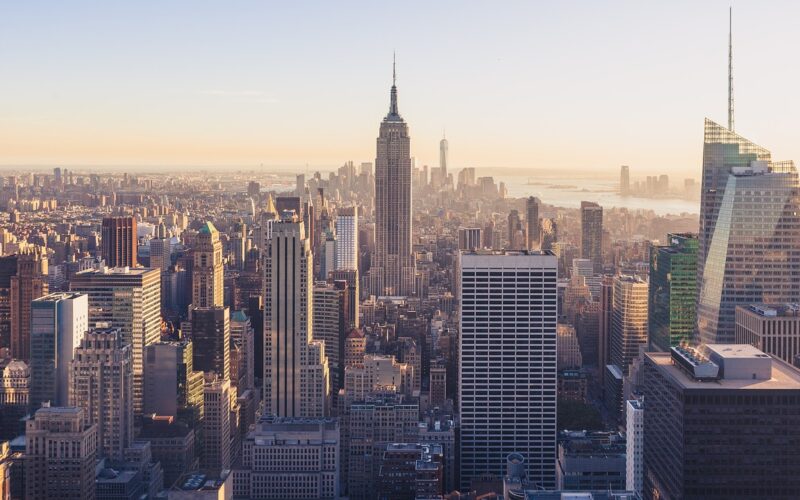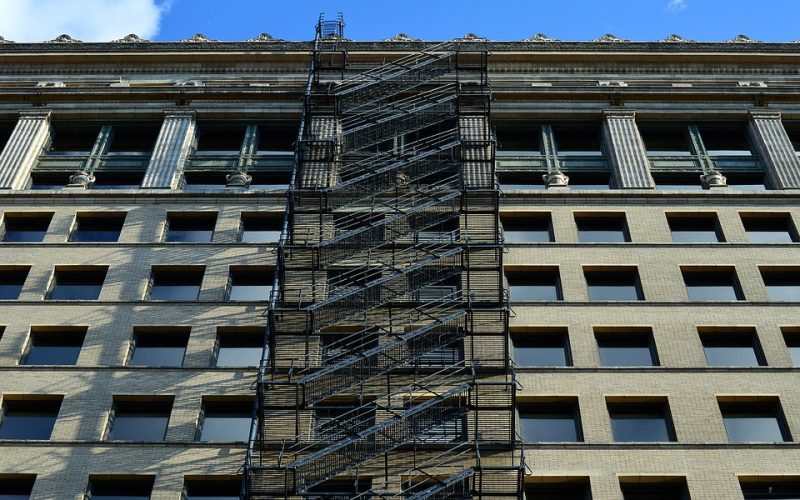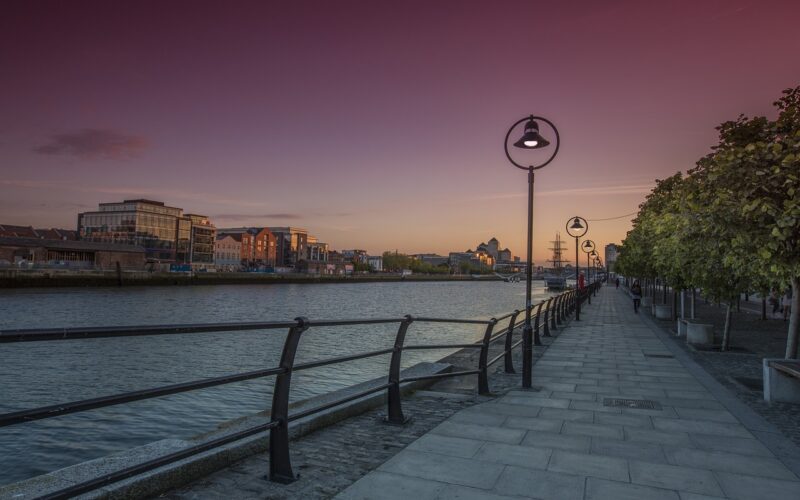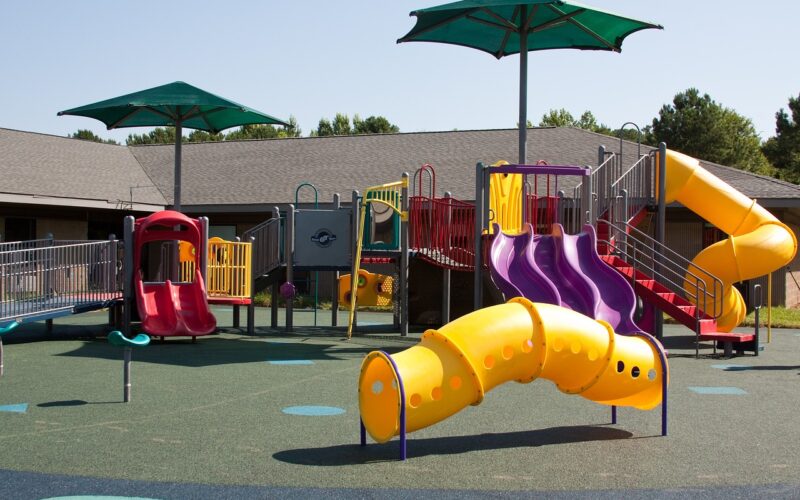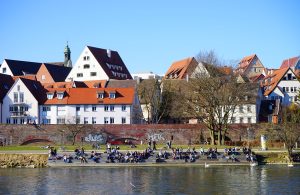Living in an urban area can be quite stressful. From the hustle and bustle of daily life to the never-ending noise, it can make it difficult for people to find a place to relax and recuperate from their hectic day-to-day schedule. However, having access to green spaces – parks or other natural areas – within city limits has shown tremendous benefits both socially and biologically. Not only do these public spaces provide stress relief, but they also help improve air quality and are havens for biodiversity in otherwise densely populated cities.
The benefits of green spaces
Urban areas are known for their hustle and bustle, with tall buildings and busy streets. But amidst all the chaos, green spaces can provide a peaceful escape for city dwellers. From public parks to community gardens, these natural areas offer numerous benefits for both the environment and the people who use them. Green spaces have been found to improve air quality, reduce urban heat island effects, and provide habitat for wildlife. They also serve as a place for people to relax, exercise, and connect with nature. Studies have shown that spending time in green spaces can reduce stress, improve mood, and enhance cognitive function.
Creating green spaces
Cities around the world are constantly growing and evolving, which means it can be difficult to find green spaces amongst the towering buildings and busy streets. However, incorporating greenery into your city is not only possible, but essential in creating a healthy and vibrant community. Whether it’s adding rooftop gardens, installing vertical plant walls, or creating public parks, there are many innovative ways to incorporate green spaces into urban areas. Beyond just being aesthetically pleasing, green spaces have been proven to reduce stress levels, improve air quality, and provide essential habitats for wildlife.
The impact of mental and physical health
Green spaces, such as parks and gardens, have long been known to offer a tranquil escape from the hustle and bustle of city life. But, did you know that spending time in green spaces can also have a significant impact on your mental and physical health? Studies have shown that exposure to nature can reduce stress and anxiety, improve mood, and increase cognitive function. Additionally, green spaces provide opportunities for physical activity and exercise, which can help to reduce the risk of chronic diseases.
Spaces for community building
Green spaces are more than just areas of land with plants and trees. They have the potential to serve as a powerful force for community building. Understanding how to access and utilise these spaces is crucial for creating stronger, healthier, and more connected neighbourhoods. Whether it's a local park, community garden, or urban forestry project, these spaces offer residents a chance to come together, engage with nature, and contribute to the well-being of their community. By developing an appreciation for the value of green spaces, we can harness their potential to foster greater social cohesion, promote environmental stewardship, and enhance quality of life.


